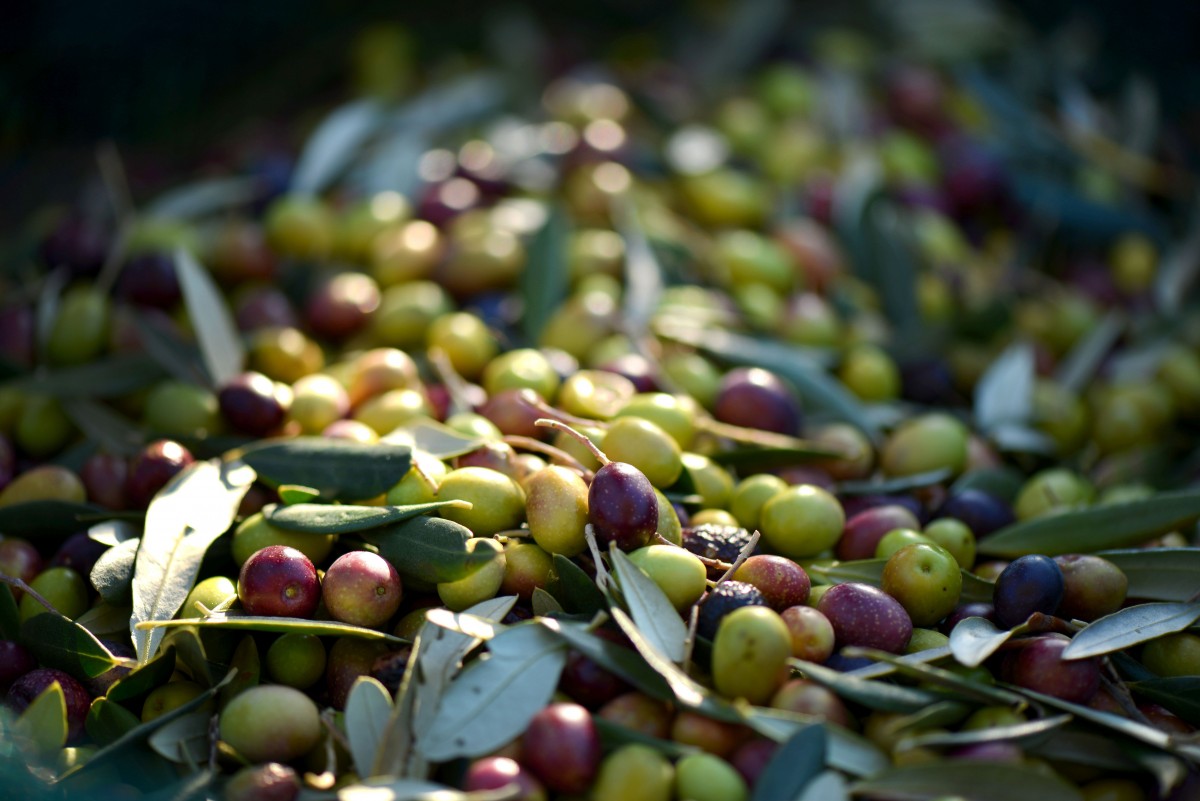Nestled between the foothills of the Alps and the Mediterranean Sea, Provence enjoys an ideal location and remarkably easy access. Whether arriving via Avignon, Aix-en-Provence, or Manosque, the roads weaving through the region offer a continuous, picturesque spectacle of vineyards, olive groves, and endless fields of lavender. The road network is not only pleasant to navigate but also punctuated by gourmet stops, artisan workshops, and breathtaking panoramas at every turn. For a truly immersive experience, opt for the smaller country roads that wind their way through the hills and perched villages.
While Provence is beautiful year-round, the best time to discover it is between spring and autumn. In May and June, the hillsides are ablaze with scarlet poppies, and lavender begins to bloom. Summer brings its share of open-air festivals and lively night markets beneath vivid blue skies. Autumn bathes the landscapes in golden light, carrying the scents of grape harvests and olive picking. Winters remain mild, offering the chance to explore the villages peacefully, far from the summer crowds.
Prioritizing local purchases such as olive oils, wines, lavender honey, and handmade soaps is a wonderful way to support short supply chains and help protect the region’s rural heritage.

The name “Provence” has Roman origins. When the Romans conquered this region, they named it Provincia Romana, so charmed were they by its landscapes and gentle way of life. Today, echoes of this ancient heritage can be seen everywhere: the arenas of Arles, the Pont du Gard, cobbled roads, aqueducts, and the remains of Roman villas. Several hiking trails even follow ancient Roman roads lined with cypress trees.

Some legends say that the stones scattered across the lavender fields in Provence retain the sun’s warmth and continue to release their fragrance at dusk. It’s not uncommon for locals to slip small pebbles beneath their pillows during the summer months to ensure restful, scented sleep.
Less well-known yet equally captivating, the Route Napoléon crosses Provence in the footsteps of the Emperor in 1815, during his return from exile on Elba. This historic route stretches from Golfe-Juan to Grenoble via Digne-les-Bains and Sisteron. Along the way, commemorative plaques and monuments recall this dramatic chapter in history. Beyond its heritage value, this itinerary offers one of France’s most scenic road trips, alternating between lush valleys, Alpine mountain passes, and charming hilltop villages.
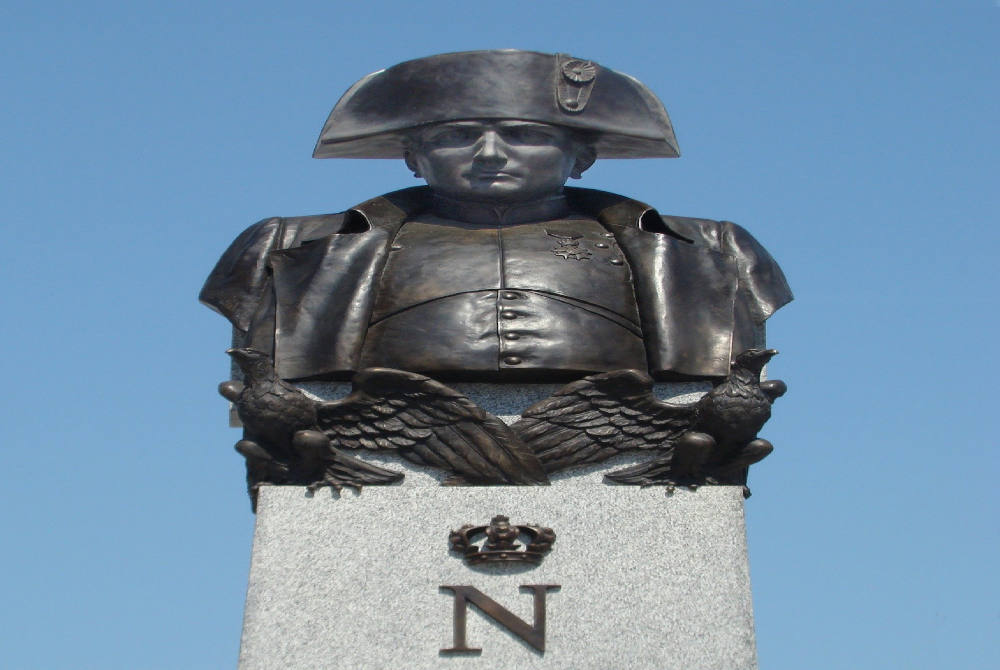
Anecdotes & Local Traditions
- Cicadas, the iconic soundtrack of Provence, sing mainly from June to August when temperatures exceed 25°C. According to local lore, their song heralds the arrival of perfect summer days. Ceramic cicadas often adorn house façades and interiors as good luck charms.
- The traditional Provençal costume, still worn during village festivals and historical reenactments, features brightly colored skirts, embroidered aprons, and kerchiefs for women, while men don jabot shirts, embroidered waistcoats, and wide crimson sashes.
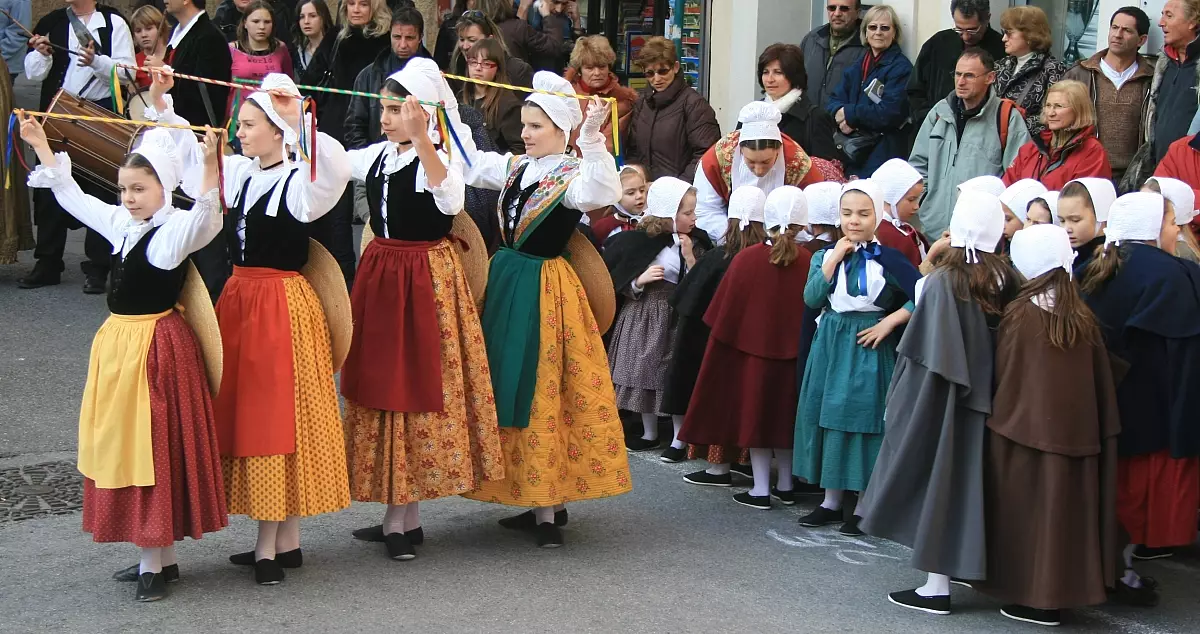
- Pétanque & Apéritif Culture: In late afternoons, shaded village squares fill with pétanque players. This quintessentially Provençal game is inseparable from a glass of chilled pastis or rosé, shared among friends.
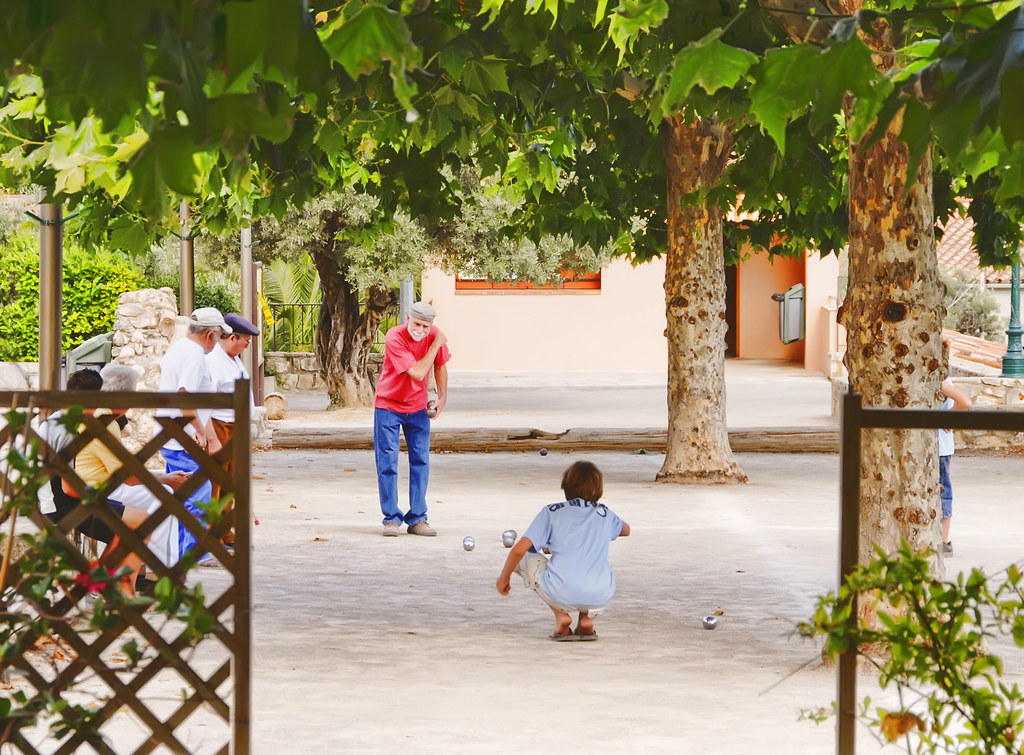
- Provençal markets date back to the Middle Ages and have retained their original layout: food stalls at the center, surrounded by olive oil producers, honey sellers, and confectioners, while antique dealers and artisans line the outskirts.
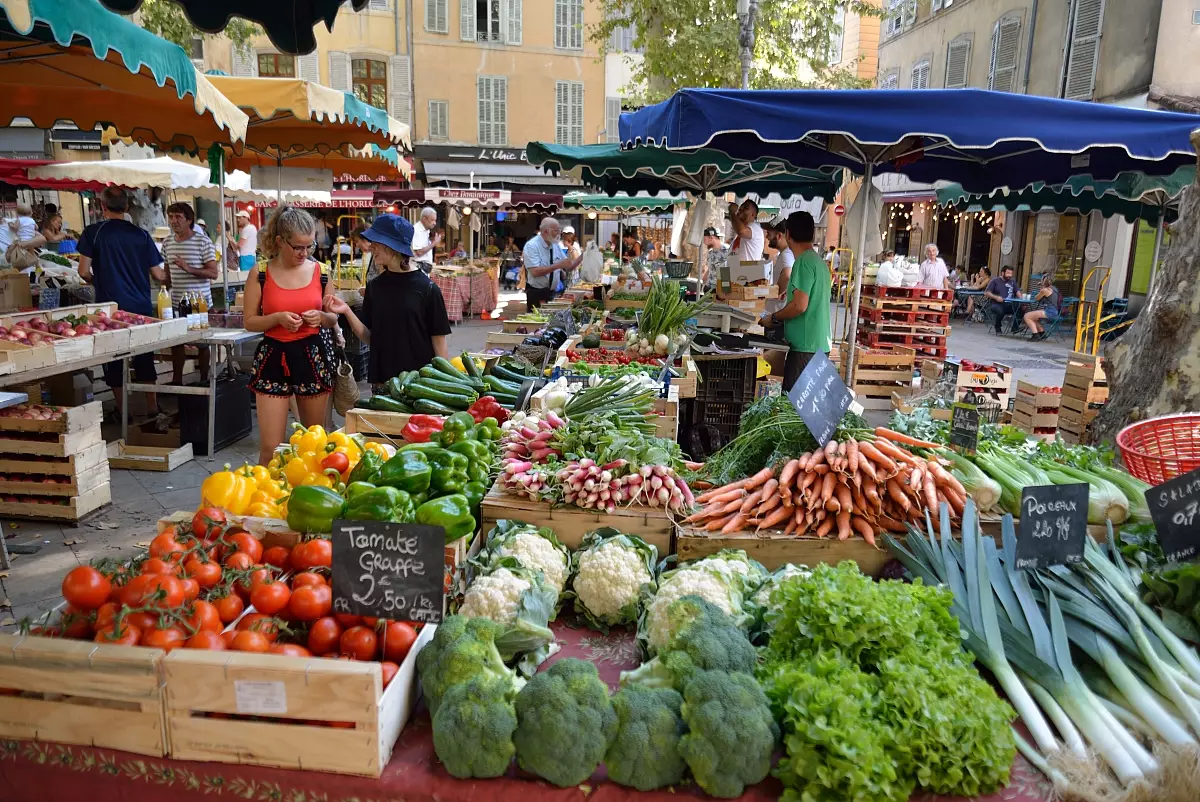
- The olive harvest, from October to December, still gathers families and communities together. Some cooperatives host open-house days, offering guided tours and tastings to showcase traditional olive oil production.
